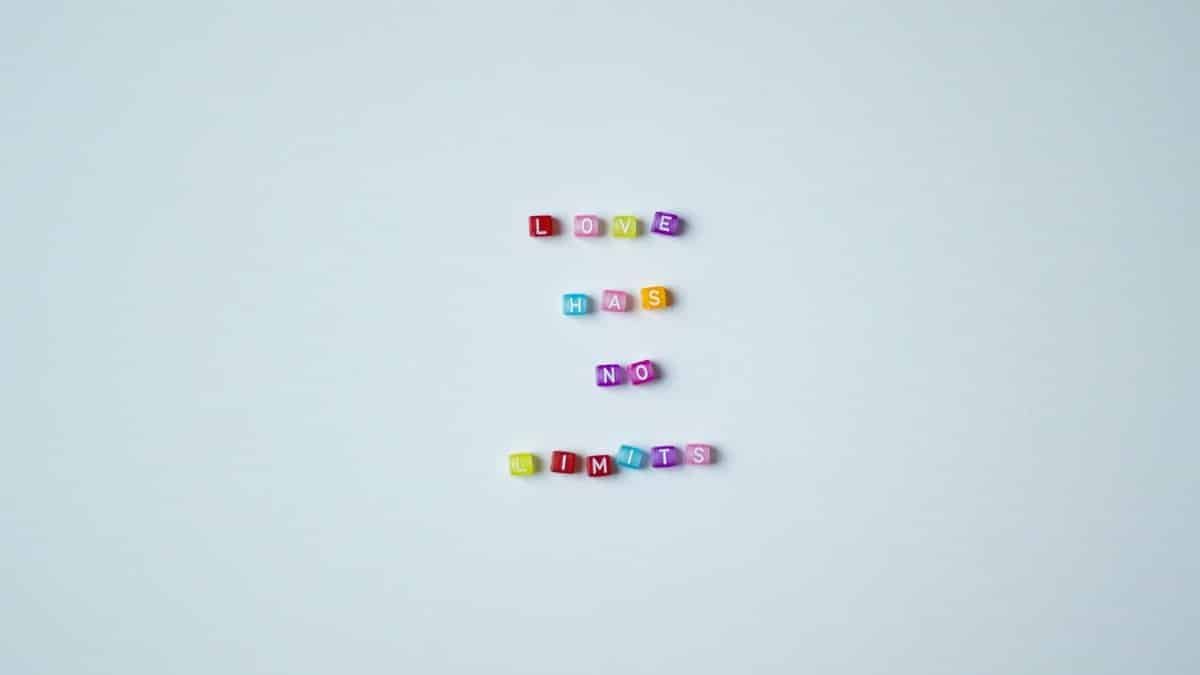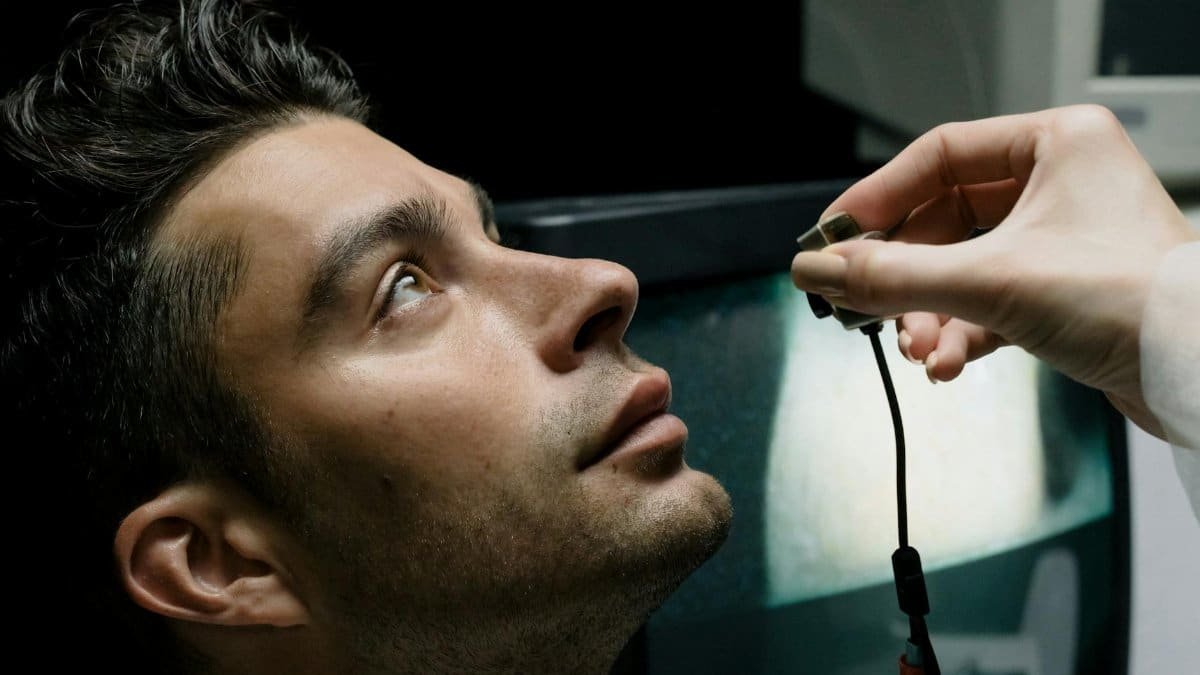Is eye contact conflict resolution really the solution everyone claims? This emerging approach, centered on using deliberate eye contact to de-escalate disputes, is gaining traction in personal and professional settings across the U.S. Studies suggest it can cut through tension, build trust, and signal empathy without a word. As more Americans face rising interpersonal friction in 2025, from workplace spats to family feuds, understanding the science behind eye contact during conflict could be a game-changer. Here’s why this subtle tactic is making waves—and how it works.
The Power of a Steady Gaze

A direct look can speak louder than words. Research shows that maintaining eye contact during a disagreement can lower aggression and foster connection. It’s not just instinct—science backs this up. A study from the University of Michigan found that eye contact triggers the release of oxytocin, often called the “trust hormone,” in the brain. This chemical shift can soften hostility almost instantly. Find the study details on their research page at University of Michigan Research.
Why Eye Contact Cuts Through Tension

Conflict often thrives on misunderstanding. Eye contact forces both parties to acknowledge each other’s humanity, breaking down emotional walls. It signals you’re present and engaged, not dodging the issue. Therapists note that avoiding eye contact can be read as disinterest or deceit, fueling arguments. By contrast, a steady gaze—without glaring—can pivot a heated exchange toward resolution. It’s a non-verbal way to say, “I see you, and I’m listening.”
Cultural Nuances to Watch For

Not everyone interprets eye contact the same way. In some cultures, direct eye contact during conflict can seem disrespectful or aggressive. For instance, in certain Asian or Indigenous communities, averted gazes often signal respect, not avoidance. Americans navigating diverse workplaces or relationships in 2025 need to tread carefully. Experts advise gauging the other person’s comfort level first. If in doubt, balance brief eye contact with other cues like nodding to show you’re still engaged.
The Right Way to Use It

Eye contact conflict resolution isn’t about staring someone down. That can backfire, escalating tension. The trick is moderation—aim for a natural, soft gaze lasting a few seconds at a time. Break it occasionally to avoid seeming confrontational. Psychologists suggest pairing it with calm breathing to keep your own stress in check. This combo can ground you and subtly influence the other person to mirror your calm. Practice makes it feel less forced.
Real-World Impact in Tense Moments

From boardrooms to living rooms, eye contact is proving its worth. A 2023 survey by the American Psychological Association found that 62% of respondents felt more understood during conflicts when eye contact was involved. Therapists report clients using this tactic to defuse arguments with spouses or colleagues. One New York-based counselor shared, “It’s simple but powerful—clients say it’s like flipping a switch.” Check related insights at APA Conflict Resolution Resources.
Limits and Pitfalls to Avoid

This method isn’t foolproof. Overdoing eye contact can feel invasive, especially with strangers or in high-stakes situations. It also falls flat if emotions are too raw—think screaming matches where no one’s ready to connect. And for some, like those with social anxiety, maintaining eye contact feels torturous, not helpful. The key is knowing when to use it and when to lean on other tools, like active listening or simply taking a timeout.
Pairing It With Other Strategies

Eye contact works best as part of a broader toolkit. Combine it with clear, calm communication—acknowledge the other person’s point before making yours. Body language matters too; uncrossed arms and a relaxed posture reinforce openness. Some conflict experts recommend a “pause and look” technique: take a breath, make brief eye contact, then speak. This slows the pace of a heated exchange, giving everyone room to think. Together, these elements amplify the impact of eye contact conflict resolution.

A certified hypnotherapist, Reiki practitioner, sound healer, and MBCT trainer, Christopher guides our journey into the spiritual dimension, helping you tap into a deeper sense of peace and awareness.
Disclaimer
The content on this post is for informational purposes only. It is not intended as a substitute for professional health or financial advice. Always seek the guidance of a qualified professional with any questions you may have regarding your health or finances. All information is provided by FulfilledHumans.com (a brand of EgoEase LLC) and is not guaranteed to be complete, accurate, or reliable.
